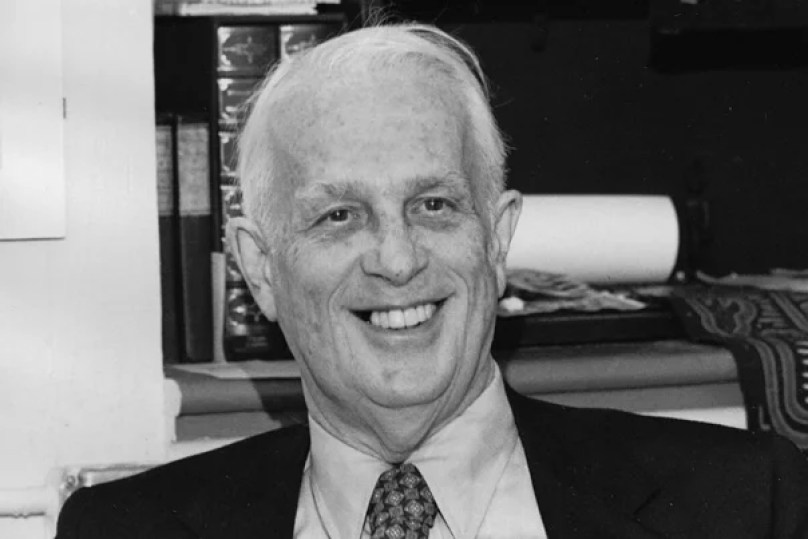63 The Principle of Unsympathetic Magic
Ernest E. Williams was my PhD advisor. He was a talented writer and could make a systematic review of a lineage of Anolis seem like a breakthrough. This wasn’t mere hyperbole on his part; rather, it reflected his ability to detect and share the general importance of his observations.

When I was a graduate student, NSF proposals were unlimited in length. A few months before a proposal deadline, Williams would ask his grad students, postdocs, and collaborators elsewhere to send him whatever they wanted to do. The drafts they returned were a heterogeneous chaos of topics and writing styles. Williams would magically extract a communifying on theme and present it as a cohesive proposal (some of which were 1+” thick). NSF funded his proposals.
His most famous prose (The Principle of Unsympathetic Magic) is known mainly by anole biologists. Williams presented this with the title “An Anecdote” in the Third Anolis Newsletter, which was privately published and a forerunner to Anole Annals, created by Jonathan Losos, who took over from Williams as the intellectual godfather of the anole world.
Here is the Principle:
“It was while walking along a hedge row in the Dominican Republic, listening to a complaint that I and some of my co-workers did not frame hypotheses every day while in the field, that I invented (or recognized) the PRINCIPLE OF UNSYMPATHETIC MAGIC. This states that, if one arrives at any firm and vivid conviction about matters of fact or theory in the field, the NEXT observation will provide a contradiction.
“The principle is easily confirmed by any field worker. Note, however, that NATURE IS NOT DECEIVED. No opinion merely pretended to, i.e. not held with fierce conviction, will be responded to by a conclusive observation. The MALICE OF NATURE prohibits the PRINCIPLE OF UNSYMPATHETIC MAGIC from being a source of satisfaction to the field worker.”
The event Williams is referring to took place in the summer of 1971. His “co-workers” were Preston Webster, Joan Roughgarden, and yours truly. Roughgarden (a sometimes brash but always brilliant theoretician) was the complainer.
I gained one academic insight from Williams. He was lecturing on the origin of snakes and noted that herpetologists sometimes asked, “From which family of lizards did snakes evolve?” Williams referred to this as the Fallacy of the Inappropriate Question. The fallacy is that the wording used restricts the search for the ancestors of snakes only to families of lizards that still exist today. Perhaps the ancestor emerged from a family now extinct, or perhaps the ancestor evolved before modern lizards existed. In other words, questions that guide research need to be phrased carefully. A restrictive question can restrict the answer. [Note: subsequent studies show that snakes evolved from within the lizard clade, but that was not yet clear in the early ’70s.]
Paul Hertz, Rob Stevenson, and I (Hertz et al. 1993) relied on The Fallacy when we asked the question “How carefully do reptiles regulate their body temperature?” We noted that this question had multiple answers. Consequently, the wording of this question exemplified The Fallacy because it incorrectly implies that a single answer is possible, resulting in an incomplete understanding of thermoregulation. We then developed ways to address complementary perspectives on the efficacy of thermoregulation.